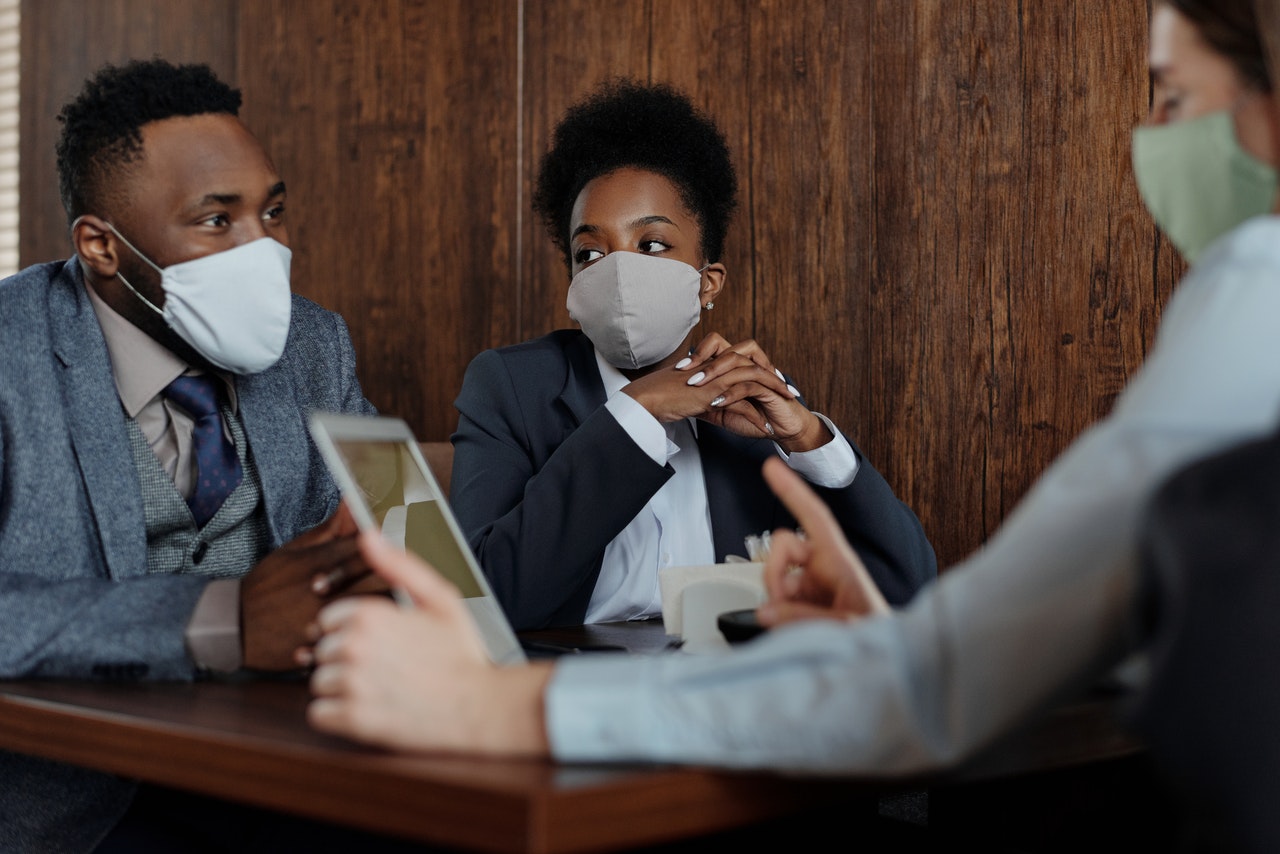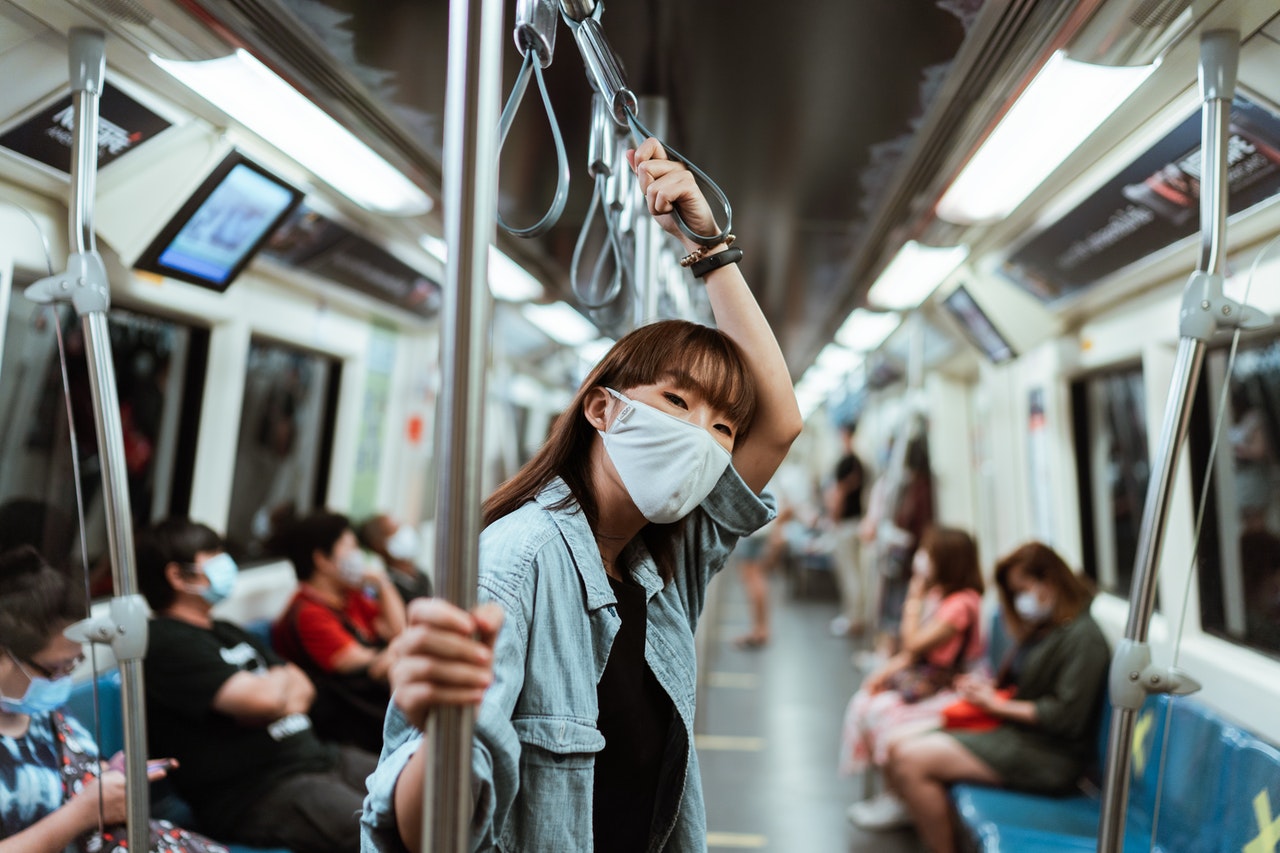Regional distancing restrictions in the wake of the coronavirus pandemic have meant massive office closures, which means that the vast majority of knowledge workers in urban areas have had to learn to work remotely. Based on the feelings my wellness coaching clients have shared with me, transitioning to work from home (WFH) has not been an easy change to make, even for those who had always wanted more flexible work arrangements.
Still, most of my clients are happy about the change, more or less matching a study from Gallup, which found that 59% of employees want to keep on working remotely even after the crisis eases.
Indeed, once we've gotten used to our remote arrangements, switching back to being based in the office is definitely a challenge. Everyone knows that WFH can't last – at least not on this kind of scale – although there'll probably be a lingering flexibility about partial remote working. CEOs generally expect to support remote working until late 2021, but the executives among my clients have made it quite clear that they don't see WFH as a sustainable model for the indefinite future.
Depending on their location and how "essential" their industries are considered to be by authorities, many companies have already begun requesting that employees come back to the office for at least a few days a week. Still more have even resumed hiring new team members as far back as June, according to data from Papaya Global.
 Source
SourceBut while managers might be eager to return to "normal," employees are understandably nervous about returning to work in-office. A Mercer study of 735 US employers found that over 45% are struggling with workers who are reluctant to return because of fear of getting sick. My clients often express these same anxieties in our coaching sessions, and given the manner in which COVID-19 infections have continued to spread, who can blame them?
Even workers who miss the social camaraderie of the office are struggling to balance that with their very real health concerns. I thought I'd share some perspectives to help to calm your fears and reassure yourself that it's possible to return to the office safely.
A Safe Environment
An office can be a petri dish of germs, but when you see visible safety measures to stop infection from spreading, it should help you feel more safe.
For example, your managers should consider installing plexiglass or wooden divisions into place around each desk, and/or rearranged workstations so that no two employees are directly facing or are within six feet of each other. Look for hand sanitizer, handwashing facilities, and antiviral wipes for office equipment that's shared regularly, like phones or tablets.
 Source
SourceAlongside that, take heart from sensible office policies, such as regular deep cleaning and ventilation. If your employers aren't already enforcing social distancing, mask wearing, checking temperatures before entry, and maximum numbers in elevators and shared spaces, talk with your HR manager. These are all determined by OSHA regulations and the requirements of your state or city, so your safety is backed up by law.
Check Your Support Network
It's vital to feel that your company takes responsibility for employee health. Many organizations have taken steps to show full support for their employees, like Costco, which is voluntarily paying hazard pay for frontline workers; Apple, which is offering paid sick days for everyone with COVID-19 symptoms, regardless of documented diagnosis statuses; and Delta, whose CEO, Ed Bastian, declared he would forgo his own salary for six months in solidarity with team members impacted by severe budget cuts.
Ask what happens if you have to be in quarantine after possible exposure; will you be able to work from home? If you need to take an extended amount of time off after contracting COVID-19, will your employers hold your position for you? Will you still receive a salary while you're recovering?
The answer to all of these questions should be "yes." These clear policies to support employees who test positive or have to self-isolate encourage people who don't feel well to stay at home, rather than advancing a culture of "presenteeism" that risks infecting the whole office.
Plan for a Safe Commute
It's not really the office that poses your biggest risk of infection, but the commute each way. Some employees are fortunate enough to be able to drive themselves in a private vehicle, which is the safest option, but if you're not one of them, there are still ways that you can limit your risk of exposure to the virus.
 Source
SourceRequest staggered work hours, if your employer isn't offering them already, so you can take public transport off-peak when it's not so busy. Your mask protects you on the bus or train as well as in the office, even if not everyone is wearing one – so definitely don't take liberties with your mask wearing during your rides to and from the office.
If you usually use travel time to grab a bite of breakfast or a delayed lunch, try to plan your time better so that you don't need to lower your mask to eat in transit. Many public transportation authorities have even enforced rules prohibiting all eating and drinking.
Pay Attention to Your Mental Health
Mental health is inextricably bound up with the risks of infection and harm to your physical health from the coronavirus. If you're feeling stressed out and mentally exhausted, your physical immune defenses will be low too, and your ability to fight off any virus will be compromised.
Beyond ensuring that you have policies regarding safe working practices, seek to start discussions about mental health with your managers and colleagues. It's vital to destigmatize mental health by talking about it openly. Set the example of being unafraid to talk about how you're truly feeling about the pandemic, the economy and being back at work. All it takes is one brave person to change the environment in the office and encourage others to be more forthcoming and honest in return.
Ask your managers if there are any policies in place to support employee mental health, and what resources you can draw on to help you release stress and tension. Be prepared to help put something together if your employer doesn't already have a robust program for employee emotional wellness.
Beyond leaning on these resources, make sure to be your own mental health support. That might mean taking long walks outdoors, listening to calming music on your commute, or taking up yoga and mindfulness meditation during your breaks. The answer is different for each person – what matters is that you find what works for you.
Back-to-Office Anxiety Is Natural but Surmountable
Given that the risks of infection remain high across the US, it's completely natural for workers to feel anxious about returning to work in the office. But it's also quite possible to overcome those fears and worries by taking reassurance from responsible health and safety policies and practices, taking steps to protect yourself on your commute, and caring for your mental as well as physical health.
This article was originally published on ThriveGlobal.
















